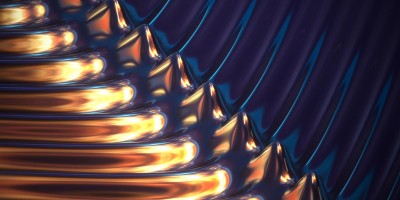A main attraction of laser-driven electron accelerators is their absence of cavity walls, which can break down in the presence of intense electric fields. Now it seems that the inclusion of a hollow glass fibre cavity could lead to more efficient acceleration at lower laser intensities.

References
Genoud, G. et al. Appl. Phys. B http://dx.doi.org/10.1007/s00340-011-4639-4 (2011).
Tajima, T. & Dawson, J. M. Phys. Rev. Lett. 43, 267–270 (1979).
Modena, A. et al. Nature 377, 606–608 (1995).
Leemans, W. P. et al. Nature Phys. 2, 696–699 (2006).
Max, C., Arons, J. & Lagndon, A. B. Phys. Rev. Lett. 33, 209–212 (1974).
Umstadter, D., Chen, S.-Y., Maksimchuk, A., Mourou, G. & Wagner, R. Science 273, 472–475 (1996).
Sears, C. M. S. et al. Phys. Rev. Spec. Top. AB 11, 101301 (2008).
Kneip, S. et al. Nature Phys. 6, 980–983 (2010).
Author information
Authors and Affiliations
Corresponding author
Rights and permissions
About this article
Cite this article
Umstadter, D. Glass-guiding benefits. Nature Photon 5, 576–577 (2011). https://doi.org/10.1038/nphoton.2011.235
Published:
Issue Date:
DOI: https://doi.org/10.1038/nphoton.2011.235
- Springer Nature Limited
This article is cited by
-
Hollow-core photonic crystal fibres for gas-based nonlinear optics
Nature Photonics (2014)


